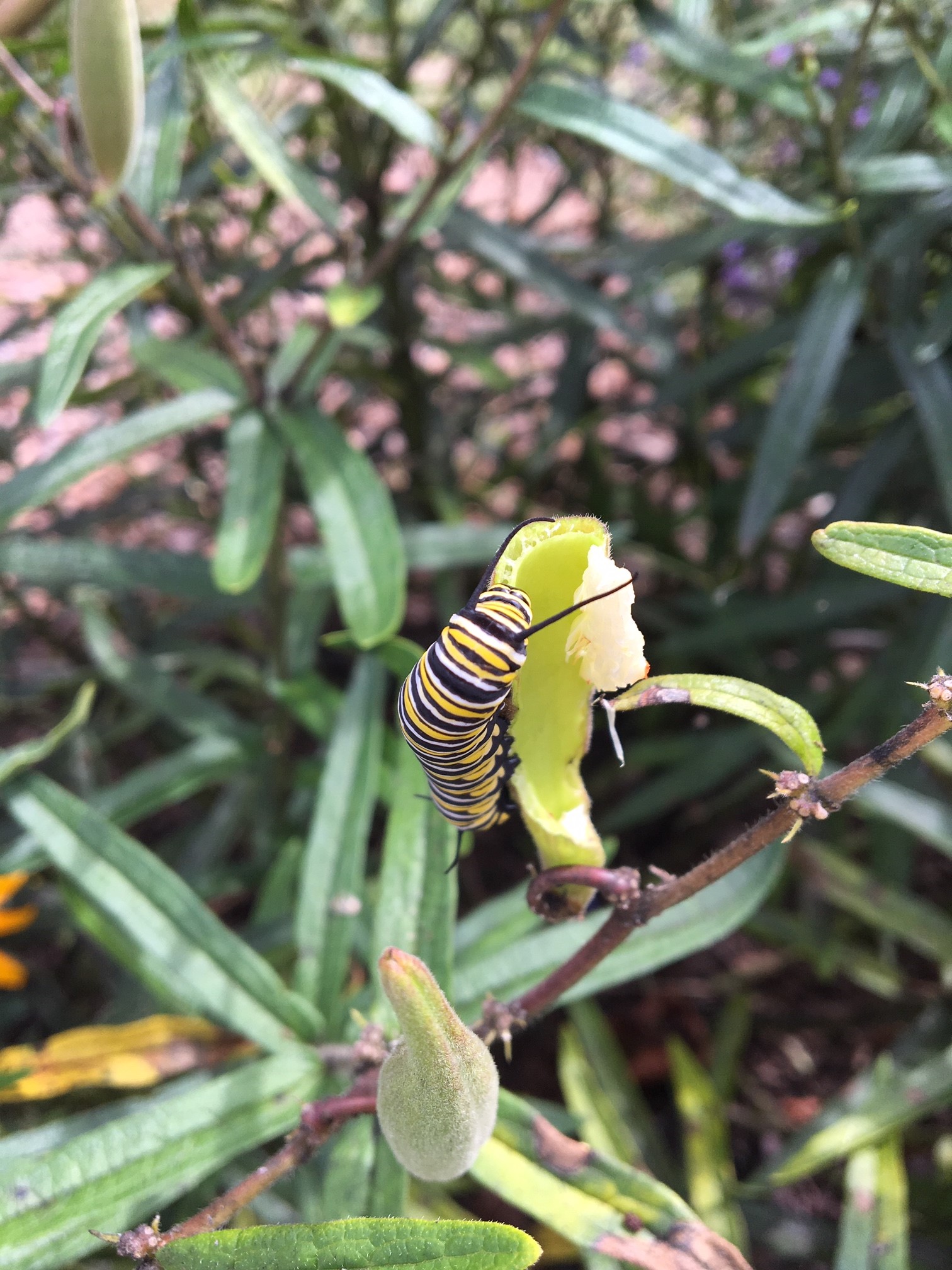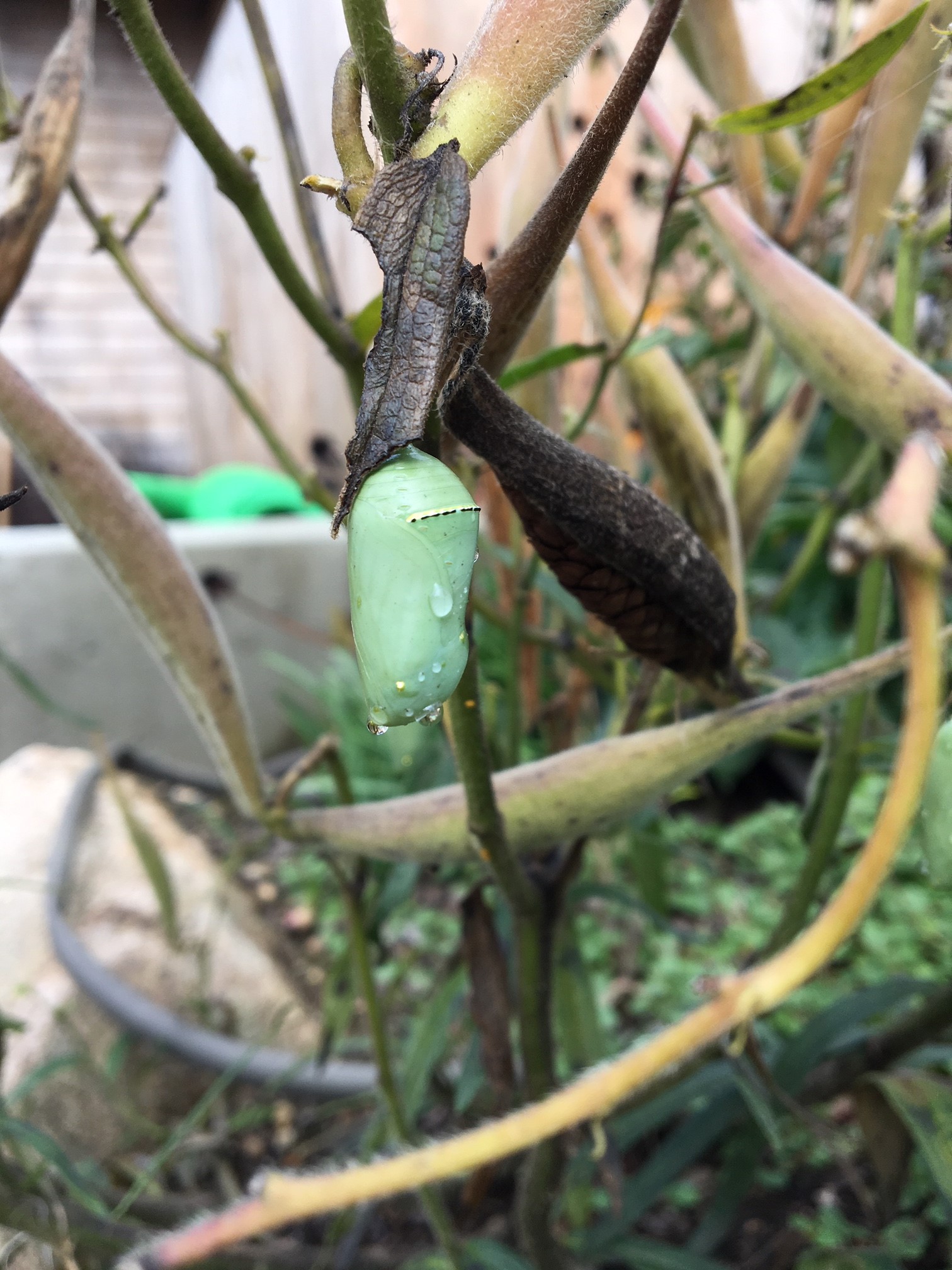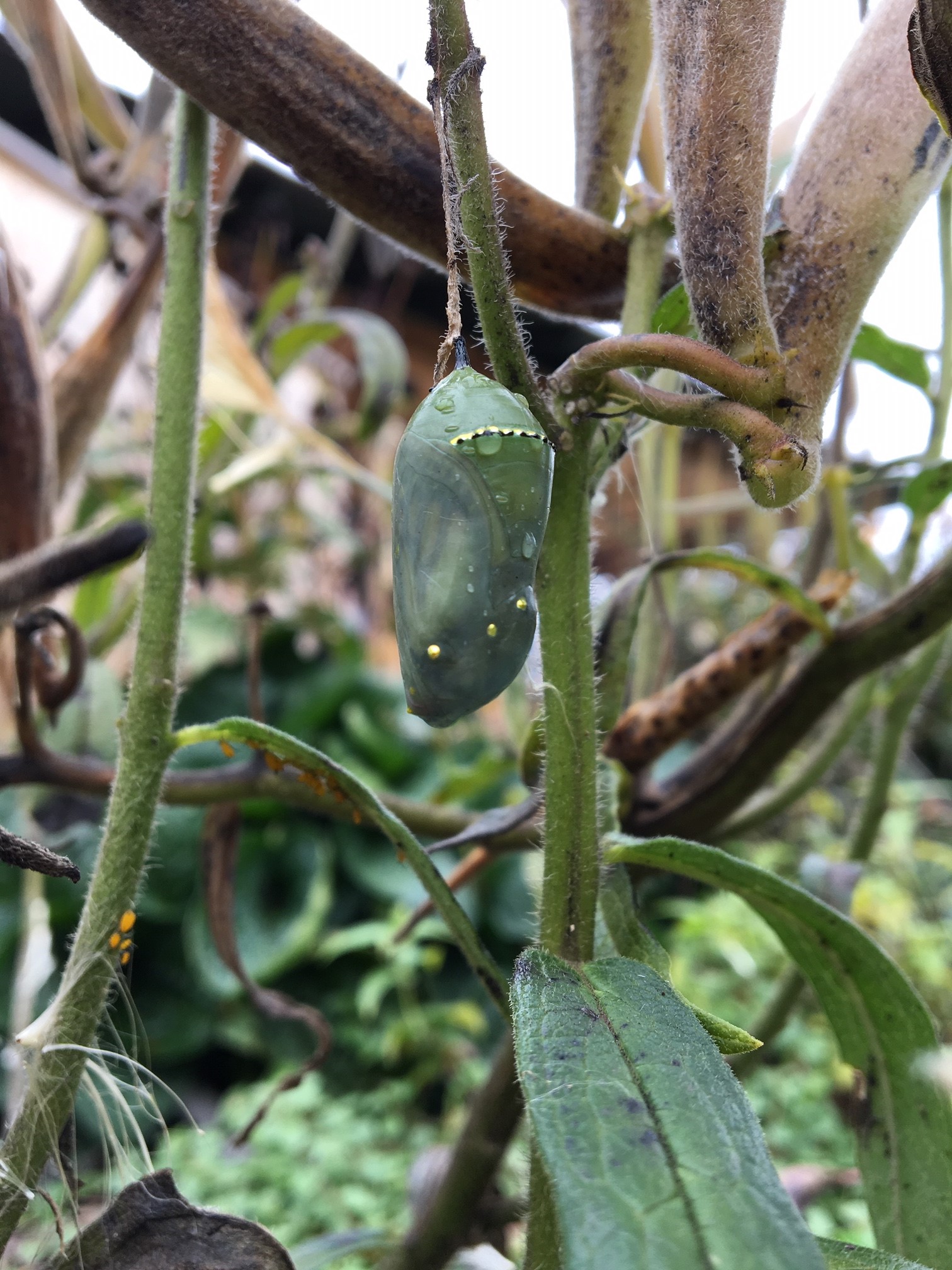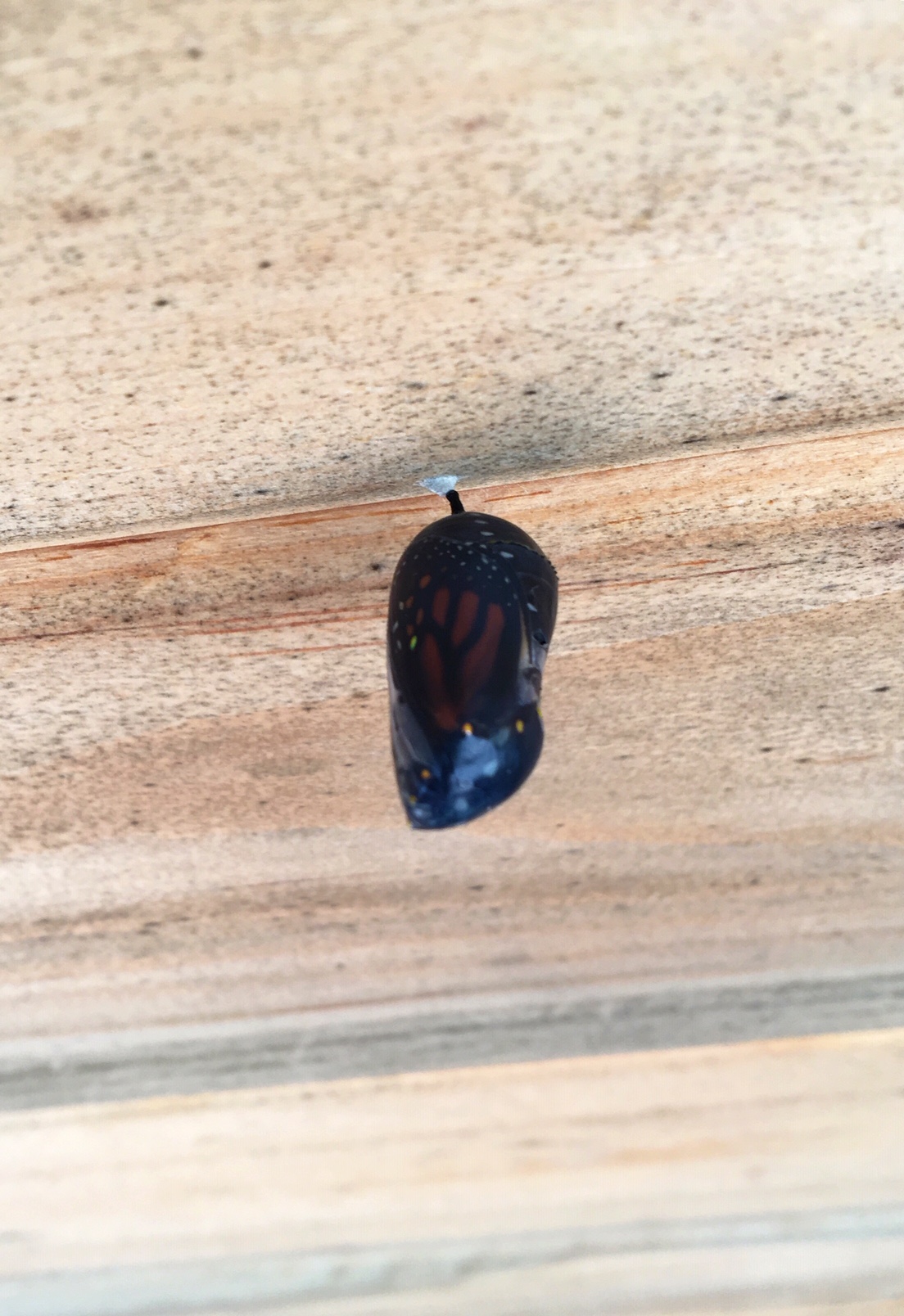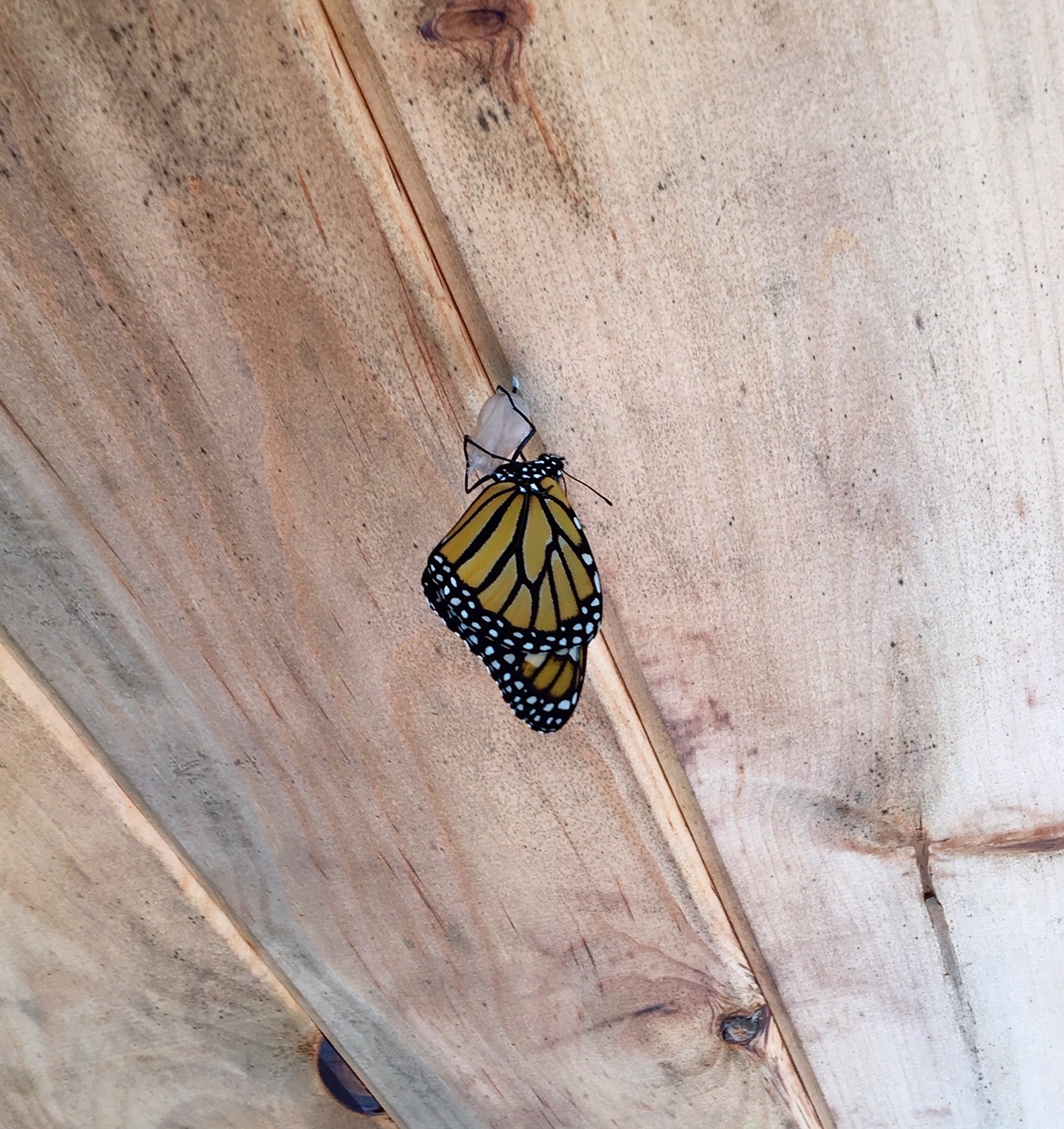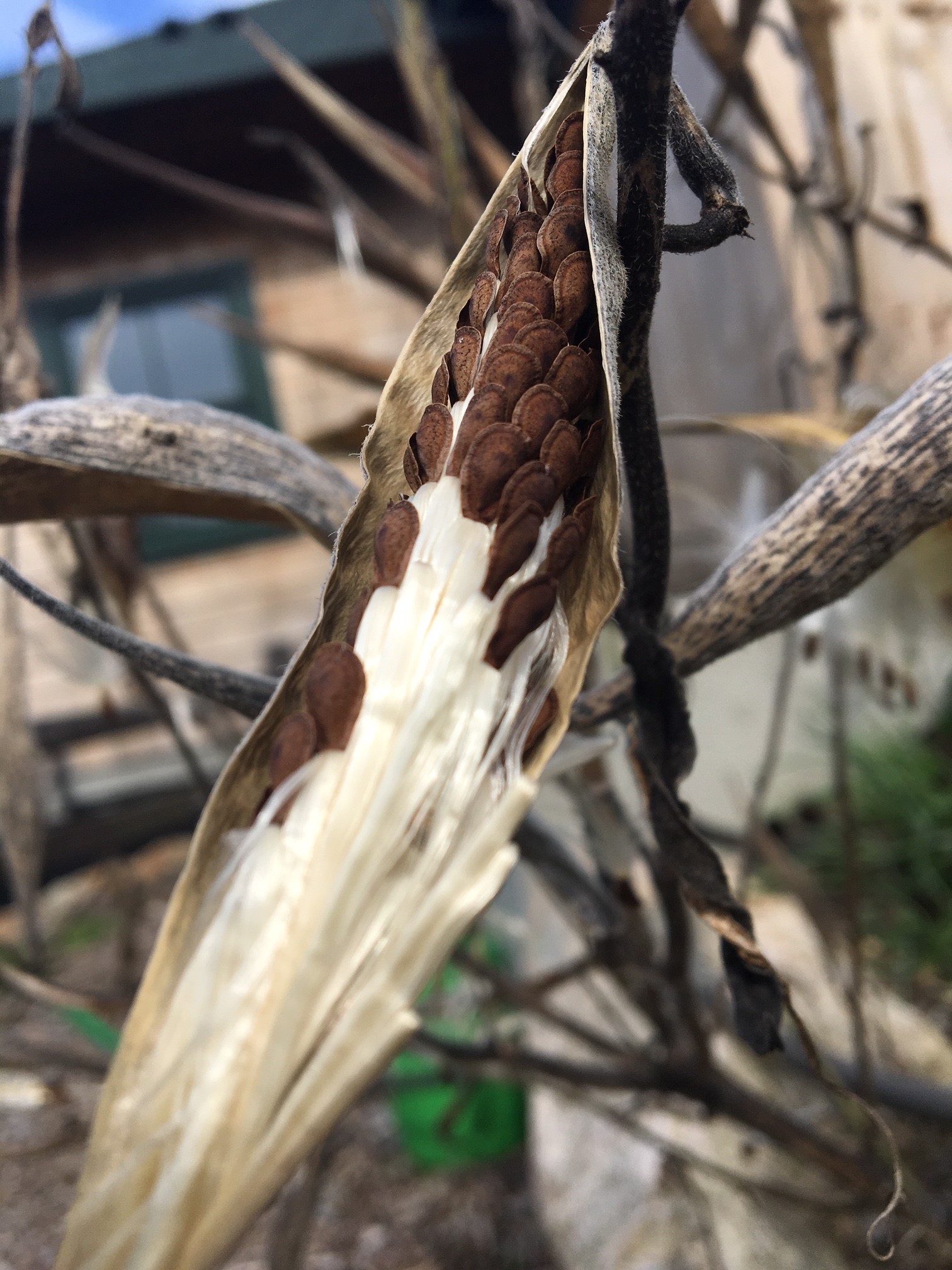By Roxey Lay, Membership & Communications Coordinator
*Editor’s note: In 2020, Wildlands Trust adopted a “leash rule,” requiring dogs to be on leash (leash in hand) at all times on Wildlands property, regardless of towns’ policies about pet control. Read on for more valuable information about dog safety and etiquette on trails.*
With temperatures rising, people from all over the region are getting back out onto the trails. Having access to open public lands is one of the great qualities of living in Southeastern Massachusetts and it’s up to all of us who use these lands to follow appropriate dog etiquette when visiting with four-legged companions. So, before you hit the trails this year, we want to give a refresher on some quick dog etiquette tips for your next visit.
Your dog pooping on the trails may not seem like it’s a big deal, but it is. Everyone knows not to leave trash on the trail, however, it’s just as important to pick up your dog’s poop, carry it out with you and dispose of it properly. One of the primary reasons is that it can spread disease. “People think it’s fine [to leave it] because it’s natural, but it’s not [fine],” says Stewardship Manager Erik Boyer. “If you’re a dog owner, it should be a concern for your own dog’s safety, as well as for others on the trail.” Animals, including your dog, do occasionally eat other animal’s waste and if they happen to come across some that contains harmful bacteria and/or parasites, it can make them sick. This also applies to humans, who may come in contact with it or unintentionally consume contaminated soil or water. When your dog’s poop breaks down, it may be physically gone but the bacteria remains in the soil or water it has washed into. If you get contaminated soil on your hands and then happen to get it in your mouth or drink contaminated water, it can make you sick too.
Beyond the bacteria, the nutrients found inside your dog’s poop can negatively affect the surrounding ecosystem. Wild animals that live on our preserves eat resources and nutrients from that ecosystem and then return those same nutrients to the area. The nutrient-rich dog food your dog eats, however, results “in poop that’s very rich in substances like nitrogen and phosphorous—the same ingredients you’ll find in fertilizer. The addition of that nutrient-rich poop to an ecosystem leads to an imbalance that, when it’s washed into water sources, can lead to algae blooms and promote the growth of invasive plant species on land.” [1] Nearly every Wildlands preserve has either a wetland or body of water, which eventually connects to the ocean and can affect other areas on the way. For example, 17 different streams connect to the Taunton River and run through 3 counties and 12 cities, populated with 1.7 million people, before emptying into the Atlantic Ocean in Wareham. Contaminating a body of water, no matter how small, can have a larger impact than you may realize.
Bagging it up and leaving it on the ground (or hanging it in a tree) isn’t a good idea either. Now, instead of only your dog’s poop decomposing on the trail, you’ve introduced plastic into the equation. The bag will take years to breakdown and when it eventually does, microplastics, along with the bacteria from the poop, will remain in the soil (or wash into a waterway). The presence of your dog’s waste can also alert prey species to the existence of possible predators, putting undue stress on wildlife that live in that area.
It’s also just plain unsightly. Public preserves are for everyone and no one wants to see dog poop bags littering the trail. “Part of what we do is teach good land ethics and picking up after your dog sets a good example for other trail goers and younger generations,” says Community Stewardship Program Coordinator Conor Michaud. So, if you are out on the trail with your dog this summer, please remember to bring dog waste bags with you and dispose of it appropriately.
Now that we’ve gotten that out of the way, here are some additional tips for dog etiquette on the trails:
Know the Town Leash Law:
On any Wildlands property, visitor guidelines require dogs to be under control at all times in order to protect sensitive wildlife and respect other visitors. Prior to your visit, you should familiarize yourself with the leash laws where the preserve is located so you can comply with that town’s definition of “control”. These laws can vary town to town and can range from requiring a leash at all times (sometimes with leash length maximums) to allowing voice command control. In areas that allow voice command, assess your dog’s level of obedience and determine whether or not that is the best option for them or if it’s better, for your dog’s and other visitor’s safety, for them to be on a leash.
Yield Trail Right-of-Way:
When on a trail, if you have a dog and you happen upon another visitor, you should yield the right-of-way to the other visitor. This means stopping and moving to the side of the trail with your pup. If you are in a town that allows voice command control and your dog is not on a leash, you should leash the dog when moving to the side of the trail until the other visitor has passed. You may know your dog is friendly, but others don’t and may not be comfortable with your dog approaching them.
Reflective Gear:
Hunting on Wildlands properties is prohibited unless otherwise posted; however, we do suggest visitors (and their dogs) wear brightly colored or reflective clothing during hunting seasons. Some Wildlands properties share borders with or have trails that cut through other town/organization-owned properties that may allow hunting and it is always a good idea to make sure you and your animal are visible to hunters.
Stay on the Trail:
When visiting any Wildlands property, please respect the wildlife and vegetation around you and stay on the trail. Please don’t let your dog run into the woods as it may disturb local wildlife and destroy sensitive vegetation.
Getting out on the trails is a healthy and fun way for you and your dog to spend your days and we thank you for taking the time to be courteous to both our properties and other visitors!









